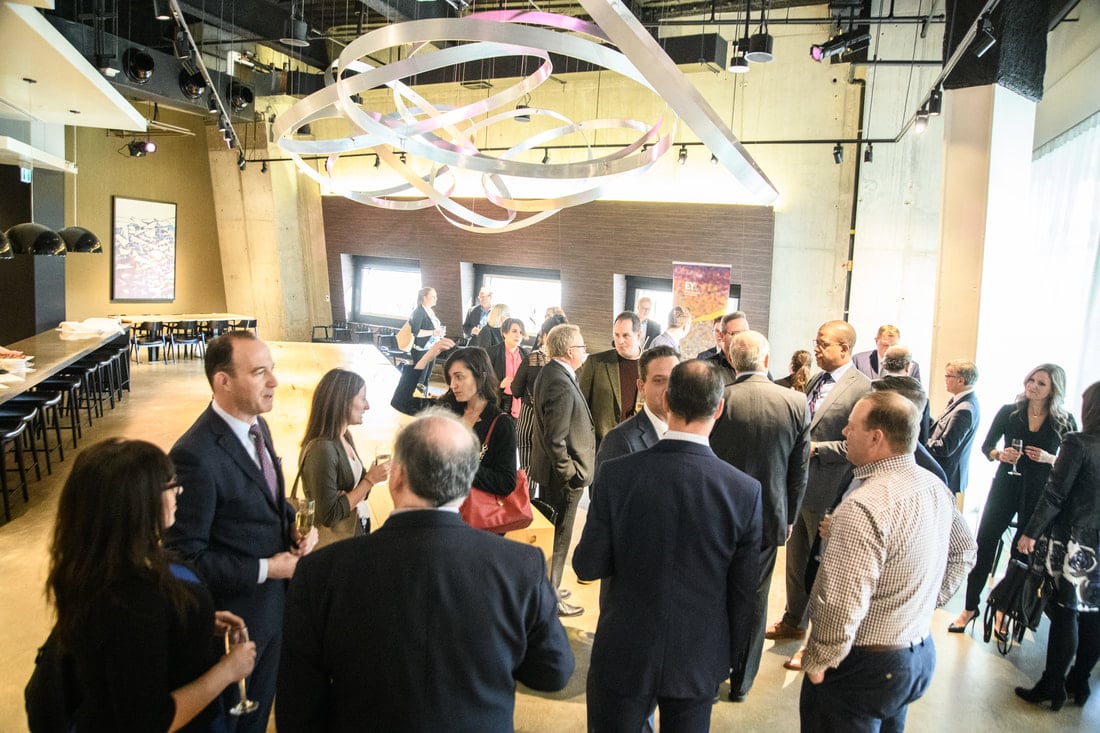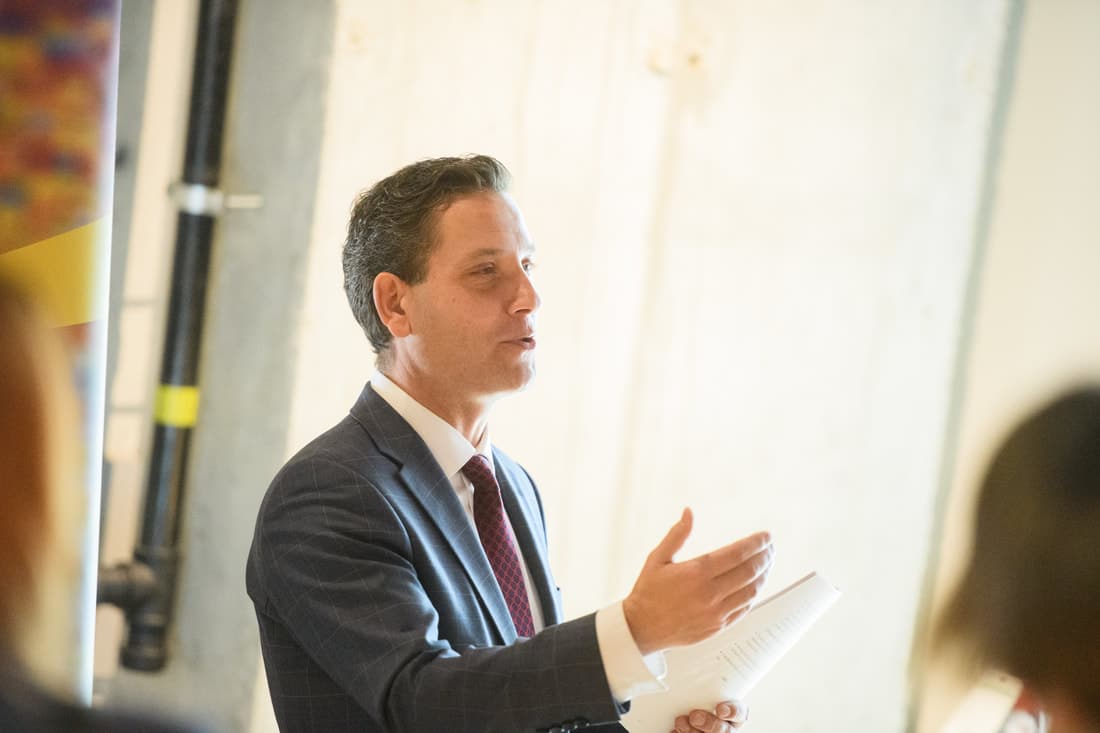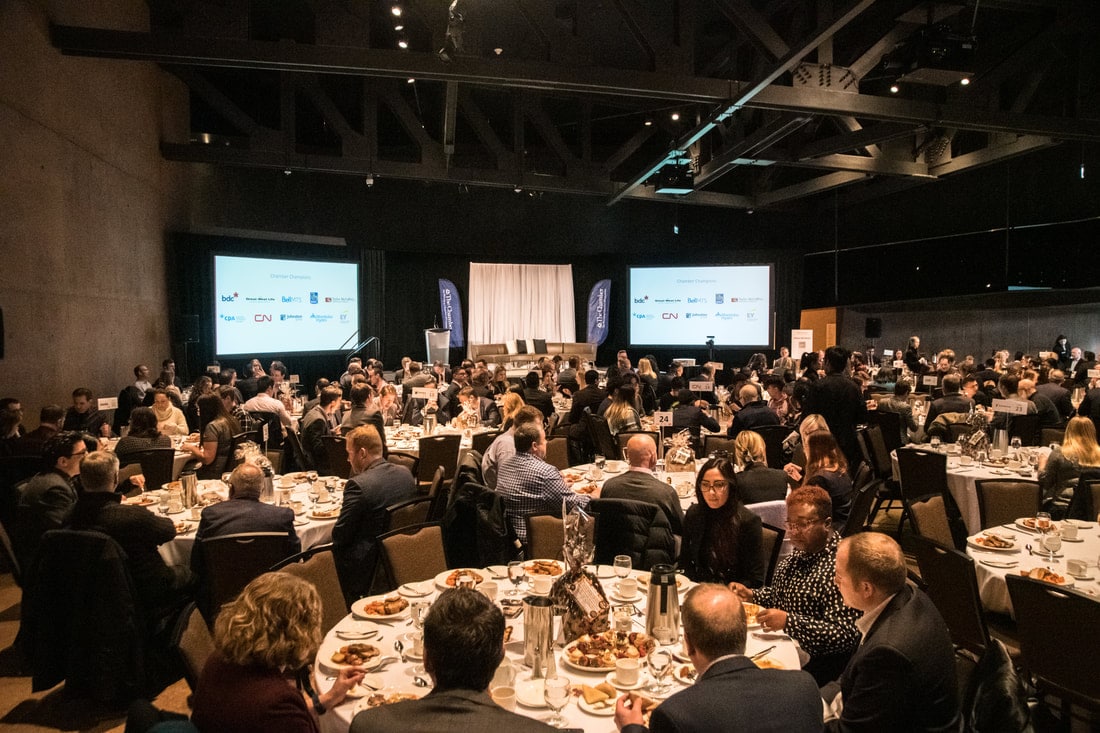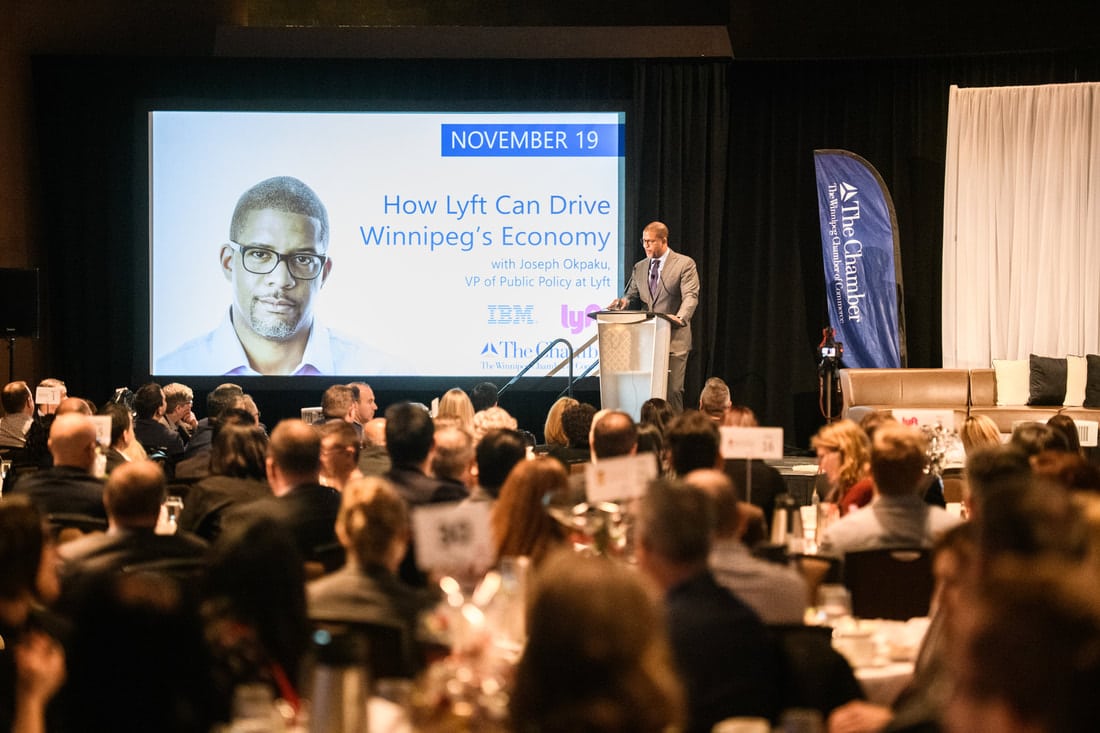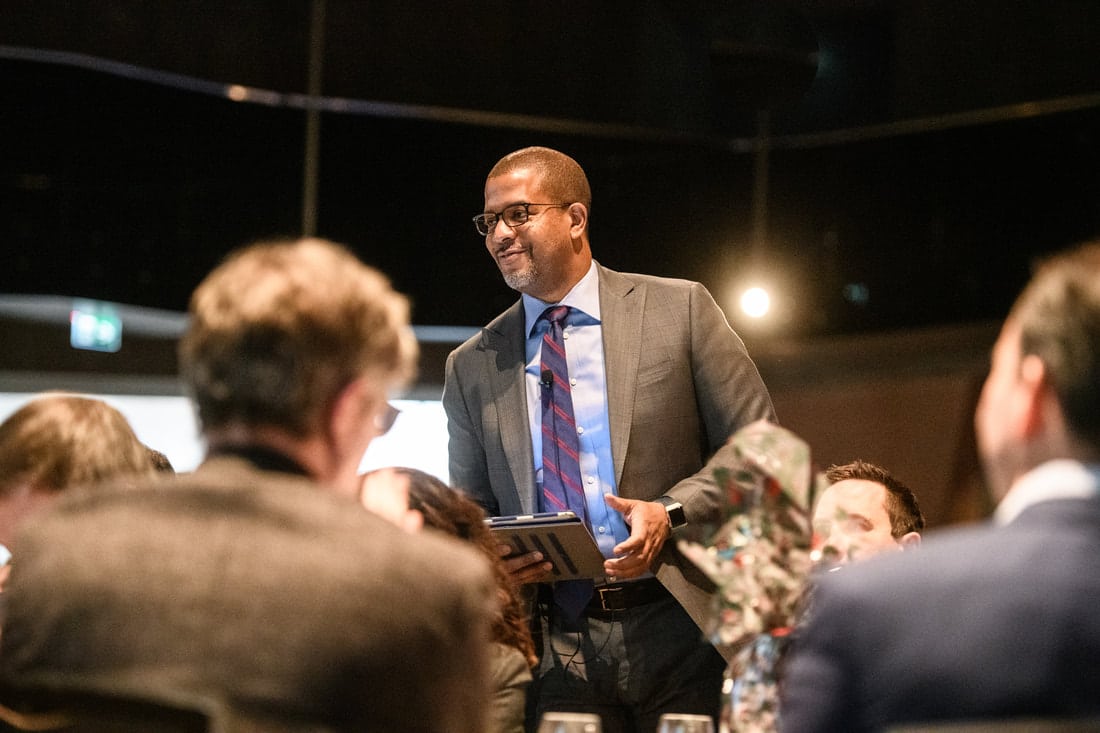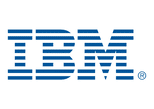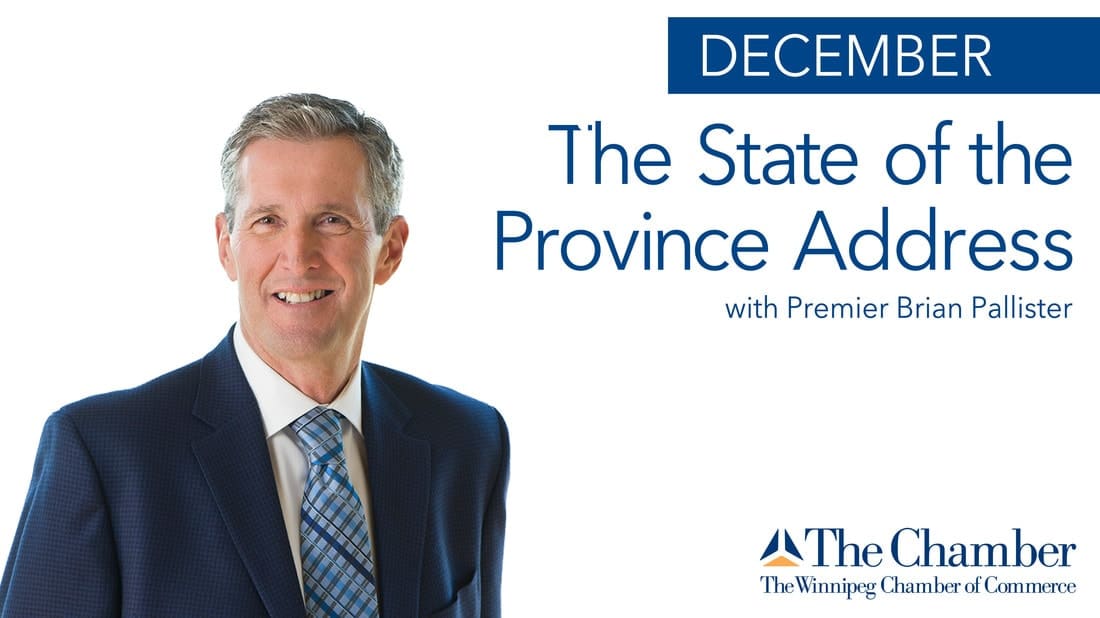November’s membership luncheon How Lyft Can Drive Winnipeg’s Economy explored how ridesharing can change a city for the better. In case you missed it, here are three key takeaways:
1. Re-think the way you view transportation
Statistics show that car ownership is the second-highest household expense, second only to mortgage or rent payments. However, we only drive our car about 4 per cent of the time—which means the other 96 per cent of the time vehicles sit unused. On top of that, a staggering 80 per cent of passenger seats go unused every day since most of us drive alone. That’s a lot of extra supply (seats) that could be used for profit (ridesharing).
2. Better transportation = better economy
Public transportation is vital but it doesn’t serve every neighbourhood or person equally. Someone who works overnight shifts doesn’t have access to the same number of bus routes as someone who works day shifts. Better transportation options help more people get to work (and also save time, enabling parents to get to their child’s hockey game or piano recital).
3. Public transportation helps some. Multi-modal transportation helps all.
Multi-modal transportation encompasses various ways of getting around to help people find the most efficient way to get from point A to point B, be it public transportation, ridesharing, cycling, or even scootering. Not only does multi-modal transportation move more people, benefits also include helping the elderly or those with disabilities get to appointments and reducing the number of drunk drivers. It’s simple: multi-modal transportation makes cities better.
STATE OF THE PROVINCE ADDRESS
with Premiere Brian Pallister

